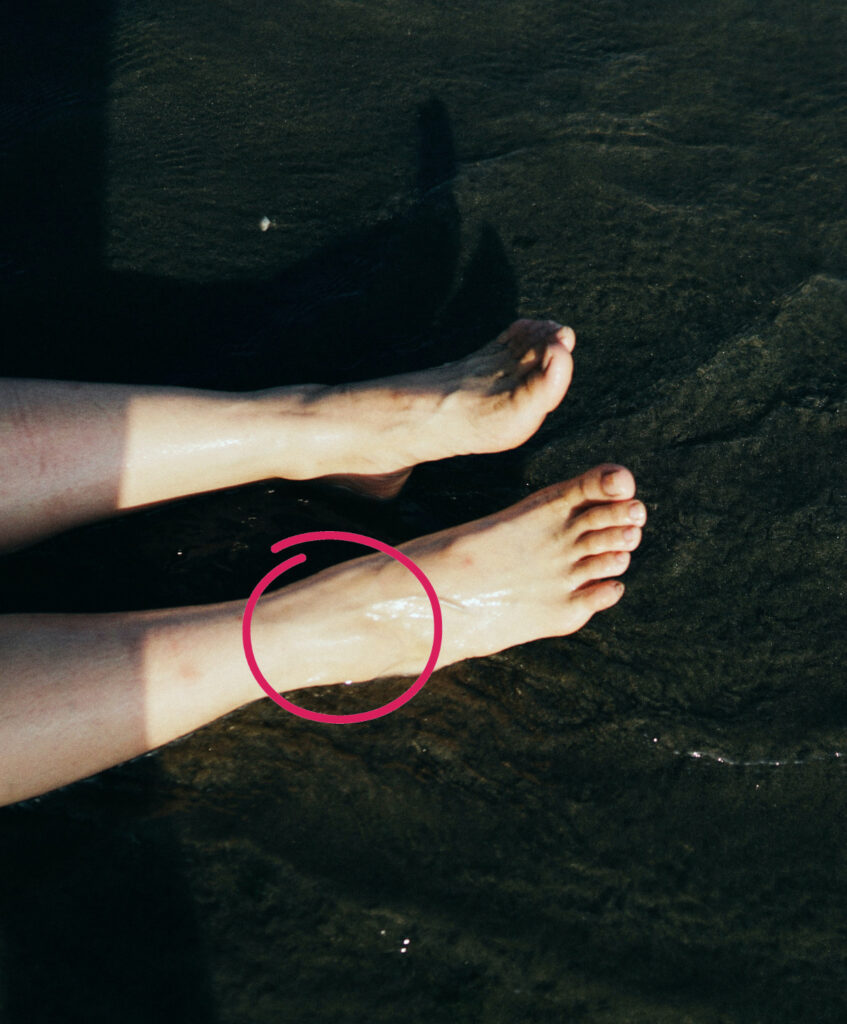What is Mueller Weiss Syndrome? Learn more about its Causes and Treatment
Mueller Weiss Syndrome (also known as Brailsford disease) pertains to the voluntary osteonecrosis of the tarsal navicular bone in adults, which presents in the form of chronic medial pain of the midfoot or hindfoot, due to medial protrusion of the talar head. Mueller Weiss Syndrome is very rare. It is unusually encountered and, as such, may be misdiagnosed and improperly treated. It is often found in people who are active in sports and work.
Who gets Mueller Weiss Syndrome?
Mueller-Weiss is most common in middle-aged women. Trauma, such as an acute athletic injury, may cause it. Osteochondritis, or the “death” of a joint or bone, can be a cause as well. Overuse may be a factor. Due to the rarity of the disease, its causes largely remain unknown. Risk factors include vascular diseases, flat foot alignment, etc.
Stages of Mueller Weiss Syndrome
- Stage 1 (mild) – normal radiographs but subtle subtalar varus deformity may be present because of lateral displacement of the talar head. This may cause an overlap with the anterior calcaneal process.
- Stage 2 (moderate) – dorsolateral subluxation of the talus which results in cavovarus and dorsal angulation of the Meary-Tomeno line.
- Stage 3 (moderate) – compression or splitting of the navicular resulting in a lowered longitudinal arch and neutral Meary-Tomeno line.
- Stage 4 (severe) – compression of the navicular which leads to hindfoot equinisation and loss of the longitudinal arch and plantar angulation of the Meary-Tomeno line.
- Stage 5 (severe) – talocuneiform neoarticulation and extrusion of a fragmented navicular, which is also called listhesis navicularis.
The rapid progression of this condition can cause either a fused midfoot and limited mobility or also chronic pain and instability.
Comma-shaped deformity due to the collapse of the lateral part of the bone is one of the plain radiographic features. The disease may be bilateral or asymmetric and associated with pathologic fractures.
Moreover, initial treatment is conservative and includes anti-inflammatories, custom orthotics, short-leg casts, and activity restrictions. The use of orthotics may effectively decrease pain and improve function.
Are you suffering from this condition? One of our podiatrists can assist and recommend what treatment options are best to get you back on track. ✅
Schedule an appointment here or you may call us at 44 (0) 207 101 4000.📞
We hope you have a feetastic day!👣☀️
-The Chelsea Clinic and Team




